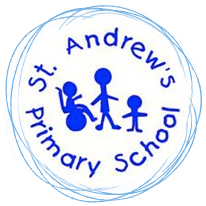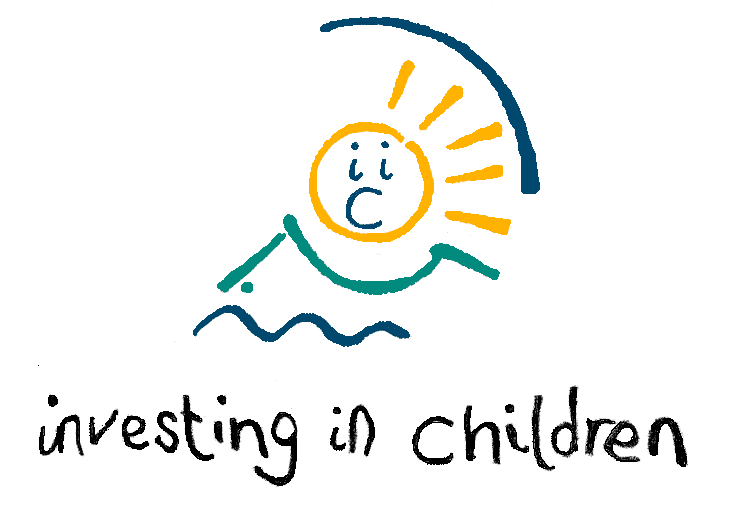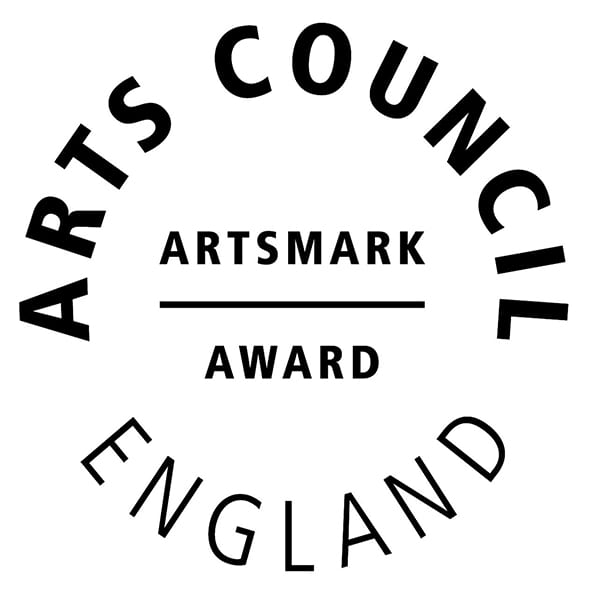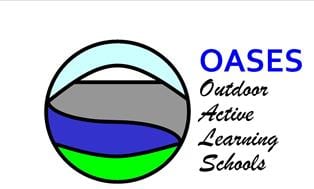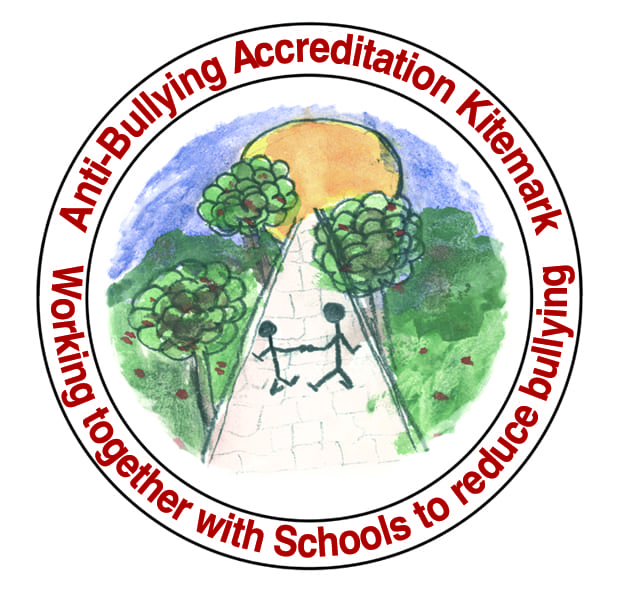Curriculum Intent
It is our intention when teaching the English curriculum that our pupils acquire the necessary knowledge, skills and understanding to become lifelong learners and linguists. We strive to ensure that all our pupils receive a well-rounded learning experience when reading, writing, speaking and listening, which will equip them with the fundamental tools to achieve, throughout their learning journey at St. Andrew’s Primary School. It is our intention to immerse pupils in the wonders of high-quality texts to instil a love for reading, a passion for discovery and a confidence to explore their imagination.
English is a core subject of the National Curriculum and a prerequisite for educational and social progress, as it underpins the work undertaken in all other areas of the curriculum. The acquisition of language skills is of the utmost importance to us here at St. Andrew’s Primary School and therefore, the teaching of all aspects of English is given a high priority within school. Confidence in basic language skills enables children to communicate creatively and imaginatively, preparing them for their future journey through education and beyond.
Our intentions
- Our aim is to ensure that every child becomes a reader, a writer and confident speaker by the time they leave St. Andrew’s Primary School.
- To promote and instil a love for reading, writing and high-quality literature into pupils at all ages.
- To derive an English curriculum, which develops the acquisition of knowledge and skills in line with the National Curriculum expectations.
Curriculum Implementation
Our English curriculum is derived around a sequence of high-quality age-appropriate texts. We use each book to create opportunities to develop reading fluency and comprehension with a focus on key reading strategies and skills; develop grammar and punctuation knowledge, and understanding to use and apply across the wider curriculum; explore the writing structure and features of different genres, identify the purpose and audience; plan and write an initial piece of writing with a clear context and purpose before evaluating the effectiveness of writing by editing and redrafting.
Curriculum Impact
We strive to ensure that our children’s attainment is in line, or exceeds, their potential when we consider the varied starting points of all our children. We measure this using a range of materials, whilst always considering the age-related expectations for each year group. Children will make at least good progress in Reading, Writing and Speaking and Listening from their last point of statutory assessment, or from their starting point in Nursery. We intend the impact of our English curriculum will ensure our pupils are academically prepared for life beyond primary school and throughout their educational journey.
Writing at St. Andrew’s Primary School
In the English curriculum 2014, the writing process, which the children will be taught, is plan – draft – evaluate/ edit – proof-read – present.
We aim to develop children’s ability to produce well-structured, detailed writing in which the meaning is made clear and which engages the interest of the audience / reader. Particular attention is paid throughout the school to the formal structures of English: grammatical detail, punctuation and spelling.
Throughout Early Years, Key Stage 1 and Key Stage 2, our writing follows the Book-Led curriculum in place across the school. Writing opportunities are sourced and developed based on the class text within each year group. Our curriculum allows children to have the opportunity to explore rich, high-quality texts in depth, enhancing reading comprehension and providing meaningful contexts and purposes for writing. The teaching of this is flexible and class teachers are then, in turn, able to apply their own creativity to cover the objectives.
The teaching of writing begins with assessing the children’s writing. This is achieved through a ‘cold write’ writing session, at the beginning of a genre that encourages the children to use their previous knowledge to complete a given writing task. The ‘cold write’ is indicated in the children’s books by a silver star placed in the margin. From this, teachers identify the next steps in their teaching; detailed written feedback is not given to the child for this piece of work however verbal feedback will be given to the class in the next lesson. Teachers follow the writing process for teaching writing, which includes identifying the text features, teaching skills, modelling writing and planning. Following the teacher input, when gaps in learning have been filled for that genre of writing, a ‘gold write’ session is then completed to assess the progress made this is indicated in the children’s books by a gold star in the margin. This piece of work will be marked and detailed written feedback will be given to each child through a positive comment and a show me comment. See examples below:
1 comment to show a positive:
I love how you have maintained the tense throughout
I can see you have worked hard on varying the sentence openers.
I’m so pleased you have tried to use adverbial phrases in different ways.
1 comment where immediate impact is evident e.g. Show me…
Show me that you can use a colon in your writing.
Show me you can use capital letters in proper nouns.
Show me you can adverbial phrases in a sentence below.
Books must be given back to children THE NEXT MORNING so they can read and respond to teacher comments, practise spellings, complete the show me task all in green pen.
Teachers clearly model writing skills and document the learning journey through consistent working walls; guided writing sessions are used to target specific needs, of both groups and individuals. Children have opportunities to write at length, in extended, independent writing sessions at the end of a genre – applying their taught skills to an unsupported piece of writing.
See Writing Progression-Genres and Skills for a list of what genres and skills should be taught in each year group.
The Boxed Success Criteria replaces the ‘listed’ success criteria that used to be placed at the start of a piece of writing. From Y2-6, we collaboratively create the success criteria with the children at the start of every genre, which is displayed on a large whiteboard. Creating the success criteria together allows the children to think clearly about: audience and purpose, intended effect/impact on the reader, ingredients needed to achieve this (success criteria) and vocabulary for their writing.
Non-negotiables are agreed for each year group (see non-negotiables sheet); these are what is expected of the children in each year group for spelling, handwriting and grammar and punctuation. Non-negotiable stickers are placed at the end of a longer piece of writing and the teacher marks underneath.
I or T/TA should be indicated in the top left-hand side of the margin on every piece of work to indicate if the child has worked independently or received support.
Spelling
The teaching of Grammar and Spelling is in line with the requirements of The National Curriculum (2014). To be able to spell correctly is an essential life skill. When spelling becomes automatic, pupils can concentrate on the content of their writing and the making of meaning. Whilst we note that spelling is not the most important aspect of writing, confidence in spelling can have a profound effect on the writer’s self-image. We aim to use explicit, interactive teaching, which draws children’s attention to the origins, structure and meaning of words and their parts, the shape and sound of words, the letter patterns within them and the various ways they can learn these patterns.
In Reception and KS1, daily phonics is the key to the children’s learning of spelling. This is taught using the Read Write Inc. programme. Children are taught to blend sounds to read and segment to spell. At the same time, they learn words that are not phonically regular (common exception words).
From Year 2 and into KS2 the children move towards using their phonic knowledge to help them to understand spelling rules and patterns. We teach children to use their growing understanding of the morphology (word structure) and orthography (spelling structure) of words to support their spelling. Helping the children to understand how to use and apply known spelling patterns (and to develop strategies to tackle tricky words) is the key to helping them to become successful spellers. Spelling skills are taught each week during two fifteen-minute sessions with the exception of Year 2, where it is taught daily. Spelling is also embedded in English lessons through games and activities, so strategies and rules can be taught in the context of writing. No-Nonsense Spelling scheme is used for Years 2 to 6. It been specially created to meet the higher demands of the National Curriculum.
When writing, children should be concentrating on higher order thinking skills and should simply ‘have a go’ at spelling. When marking children’s work, we do not correct all spelling errors; instead, we only focus on 3 spellings, which are common exception words, topic words or those studied in spelling sessions. Sp is placed in the margin to show the children where the error has occurred, and they can correct it using green pen.
Grammar at St. Andrew’s Primary School
Grammar lessons are taught weekly as part of our Book-Led curriculum and sequence of lessons. It is class teachers’ expectations that, following the sequence of lessons, to form building blocks to a piece of writing, pupils will begin to independently apply the grammar skills and content taught and embed these within their writing. Opportunities are also provided for our children to apply their grammar understanding during Dojo English tasks three times a week.
Handwriting at St. Andrew’s Primary School
On entry, our Foundation Stage children are involved in varied activities to develop essential prewriting skills in line with the Early Learning Goals; there is much focus on developing gross and fine motor skills and strengthening muscles in the arms and fingers. We use ‘Dough Disco’ and many playdough activities to increase muscle strength. Children are also introduced to the individual letters and rigorously taught correct formation, from the very beginning of their time in school. From the time that children are ready, they are taught to sit with a good posture and are taught to hold a pencil with the correct grip.
At St. Andrew’s Primary School, we teach joined handwriting using a cursive script. Handwriting is taught daily from Year 1 to Year 6. Class teachers follow the Letter-join Handwriting scheme. As children progress through school, there is an increasing focus on fluency, consistency and speed. Every child starts with a pencil each September until they can demonstrate good handwriting skills. Pen licenses are only issued when the Headteacher or Literacy Lead has seen consistently good handwriting in line with year group expectations.
It is expected that, where possible, notices, displays, titles and signs in the classroom and around the school will be in the same cursive script and that all teachers and teaching assistants’ model this handwriting style at all times i.e. when writing on the board or in children’s books.
